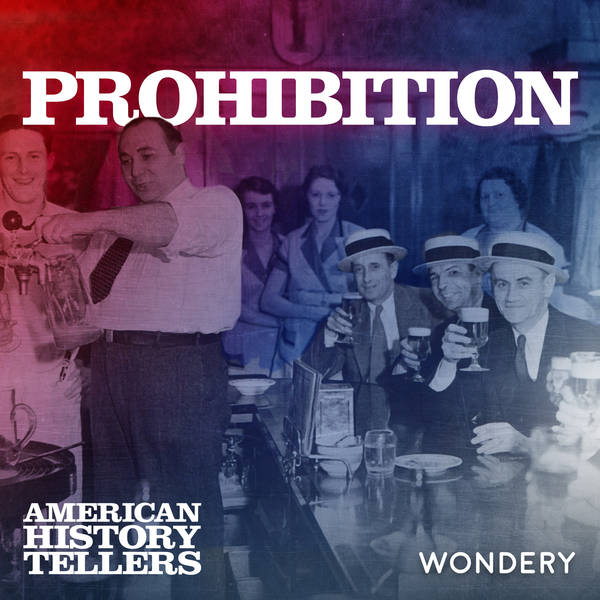
Prohibition - Closing Time | 1
On January 17, 1920, the United States passed the 18th Amendment to the US Constitution, ushering in a 13-year dry spell known as Prohibition. But how did a country that loved to drink turn its back on alcohol? How did two-thirds of both the House and Senate and three-fourths of State legislatures all agree that going dry was the way to get the country going forward? It had always been a long, uphill battle for the temperance movement, but towards the end of the nineteenth century, certain forces aligned: fears of industrialization, urbanization and immigration. Traditional American life was changing - fast - and many people looked for a scapegoat: the saloon.
For more information on how Prohibition came to be, check out Professor David J. Hanson’s, “Alcohol Problems and Solutions,” a comprehensive, interactive site that outlines all the various stakeholders in the Noble Experiment.
Daniel Okrent’s Last Call: The Rise and Fall of Prohibition is a key text for learning more about Prohibition and how it came about. And, to narrow in on New York, itself, Michael Lerner’s Dry Manhattan: Prohibition in New York City is a tremendous resource.
The bootlegger character was based on a real story, A Bootlegger’s Story: How I Started, which ran in the New Yorker in 1926.
For more on the Atlanta race riots and how they connect to Prohibition, check out this story on NPR, in which professor Cliff Kuhn describes his research. To learn more about the intersection between race and the policing of Prohibition, Lisa McGirr’s The War on Alcohol: Prohibition and the Rise of the American State is invaluable.
Further references can be found in America Walks Into a Bar: A Spirited History of Taverns and Saloons, Speakeasies and Grog Shops by Christine Sismondo.
Support us by supporting our sponsors!
See Privacy Policy at https://art19.com/privacy and California Privacy Notice at https://art19.com/privacy#do-not-sell-my-info.
